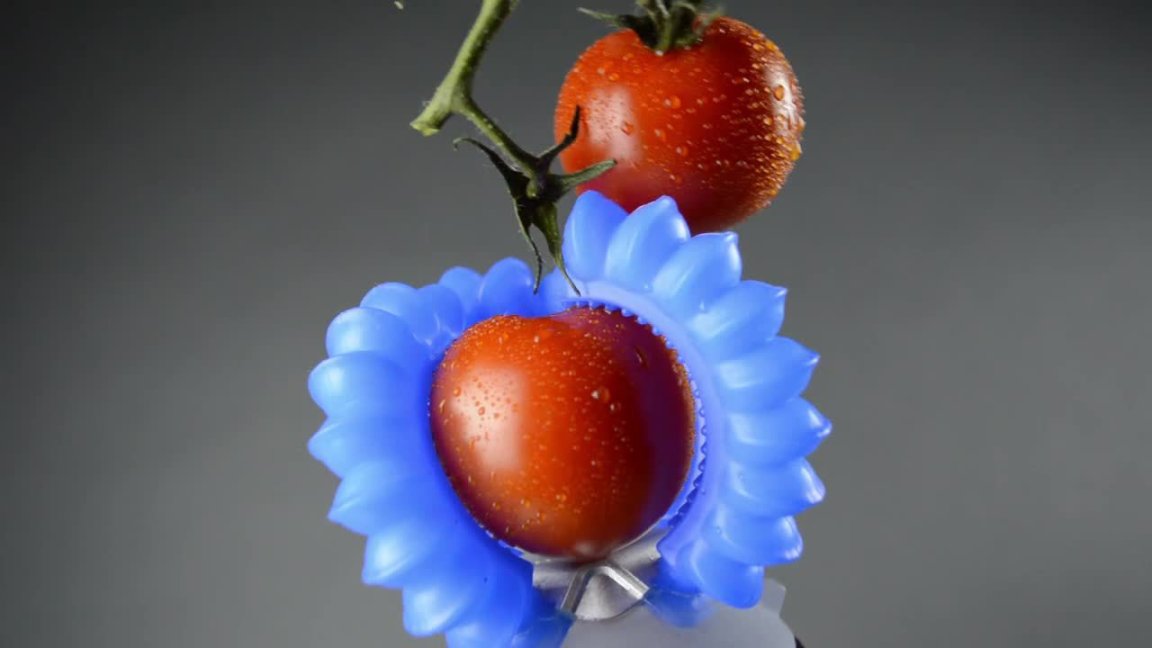
Imitating Life
A collaborative effort between Nanyang Technological University, Singapore (NTU Singapore) and Carnegie Mellon University has established a method of growing hydrogel in a way that more closely resembles the shape and structure of plant or animal tissue. Robots and the medical field will be among the benefactors.
When these tissues are grown naturally, different areas grow at different rates, which can result in very complex shapes. The researchers imitated this in their approach, manipulating the concentration of oxygen in order to create the desired designs. A higher concentration would suppress cross-linking between chemicals, which inhibited growth.

This process can be augmented via the use of mechanical constraints like soft wire or glass substrate that can form chemical bonds with the gel. This can guide the substance’s self-assembly, making it possible to build all kinds of different structures.
Current techniques build a 3D structure by adding or removing layers of material. For this to be a success, the porous hydrogel needs to mimic the process of enlargement and proliferation in living tissues via continuous polymerization.
Gel Development
Hydrogel is commonly used for tissue engineering, and in the field of soft robotics. There are hopes that this process could make the substance even more effective for those purposes.
Our organs possess various specializations that allow them to do their jobs well — for instance, the small intestine is covered in microscopic folds called villi that increase its capacity to absorb nutrients, by increasing its surface area. Forming structures using this new process will allow us to better replicate that kind of complex architecture.
“Greater control of the growth and self-assembly of hydrogels into complex structures offers a range of possibilities in medical and robotics fields,” commented inbound NTU Singapore president Subra Suresh in a press release. “One field that stands to benefit is tissue engineering, where the goal is to replace damaged biological tissues, such as in knee repairs or in creating artificial livers.”
It’s thought that advances in soft robotics could have a profound impact on both the next wave of robots, and our capacity to create synthetic organs and advanced prosthetics. We can already produce artificial muscles and working 3D printed hearts, but a better capacity to imitate biological tissues will help propel these efforts even further.
Growth- and structure-controlled hydrogels could prove to be very useful as we develop robots and machines that need to move around. If we can emulate the way that our soft musculature interfaces with our rigid skeletons, we can give these creations a much wider range of motion.
The study could also lead to further research into the nature of cell growth itself. Continuous growth can be observed in the majority of life on earth, so this new process gives scientists a way to observe how it plays out in a controlled instance.